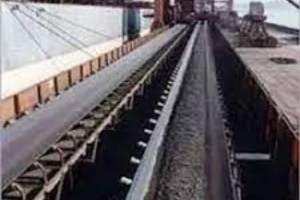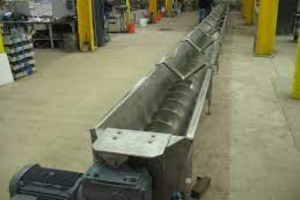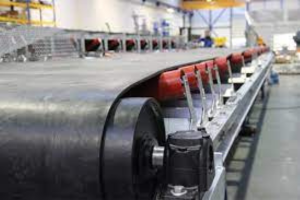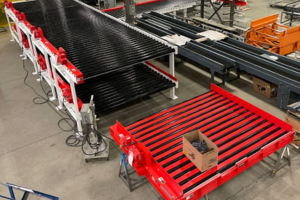Bulk material handling in a warehouse involves the movement and management of large volumes of loose, granular, or powdered materials. Conveyors play a pivotal role in this process, providing a reliable and efficient solution for transporting bulk materials within the warehouse. This page explores the vital role of conveyors, the various types used in bulk material handling, their applications, as well as the benefits and challenges associated with their implementation in warehouse settings.
Types of Conveyors Used in Bulk Material Handling in the Warehouse

Belt Conveyors

Screw Conveyors

Bucket Elevators

Pneumatic Conveyors

Drag Chain Conveyors
Benefits of Conveyors in Bulk Material Handling in the Warehouse
- Efficiency: Conveyors streamline bulk material handling, significantly reducing handling time and optimizing warehouse productivity.
- Cost Savings: Automated bulk material handling with conveyors reduces the need for manual labor, leading to cost savings in the long run.
- Safety: Conveyors enhance workplace safety by minimizing manual handling and reducing the risk of accidents associated with heavy materials.
- Space Utilization: Conveyors maximize warehouse space, allowing for organized storage and efficient material flow within the available floor area.
The Role of Conveyors in Bulk Material Handling in the Warehouse
Conveyors serve as a fundamental component of bulk material handling in warehouses, offering essential functions:
- Bulk Material Transportation: Conveyors efficiently transport bulk materials, such as coal, ores, grains, sand, gravel, and other loose substances, from one location to another within the warehouse.
- Load Transfer: Conveyors facilitate the transfer of bulk materials from trucks, railcars, or ships to storage areas, and vice versa, streamlining loading and unloading operations.
- Continuous Flow: Conveyors maintain a continuous flow of bulk materials, ensuring uninterrupted movement and optimizing warehouse productivity.
- Automation and Control: Conveyor systems enable automated control, allowing precise handling of bulk materials, reducing manual intervention, and ensuring accuracy.
Uses of Conveyors in Loading and Unloading in Stockroom

Stockpiling
Blending and Mixing


Loading and Unloading
Processing Lines


